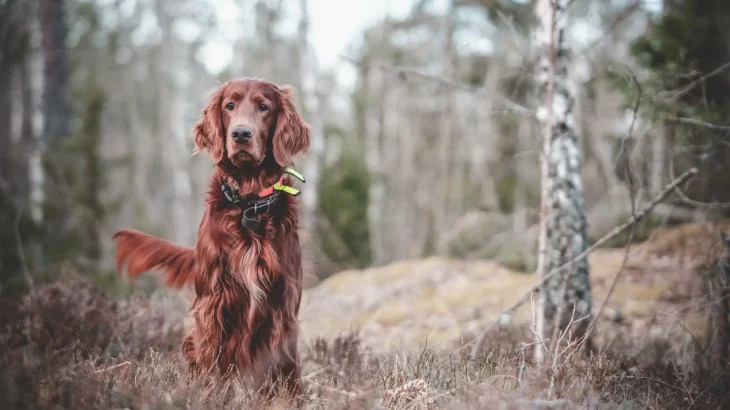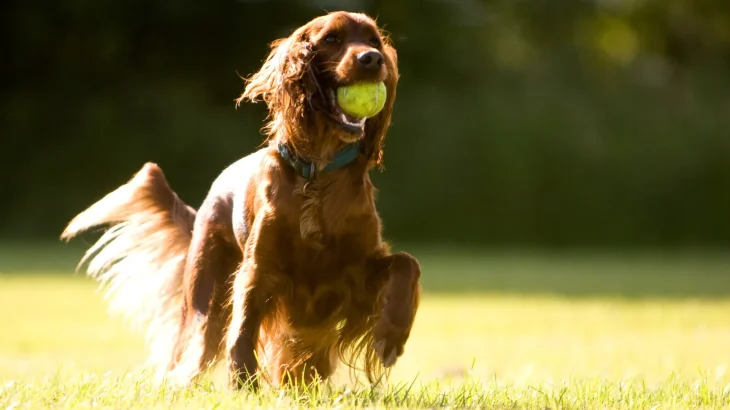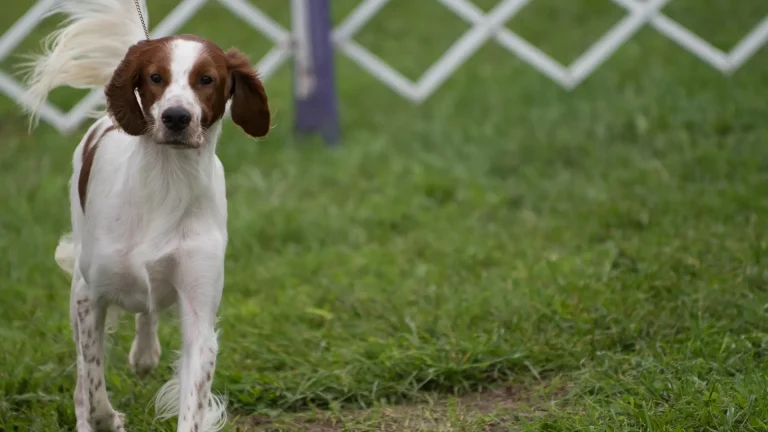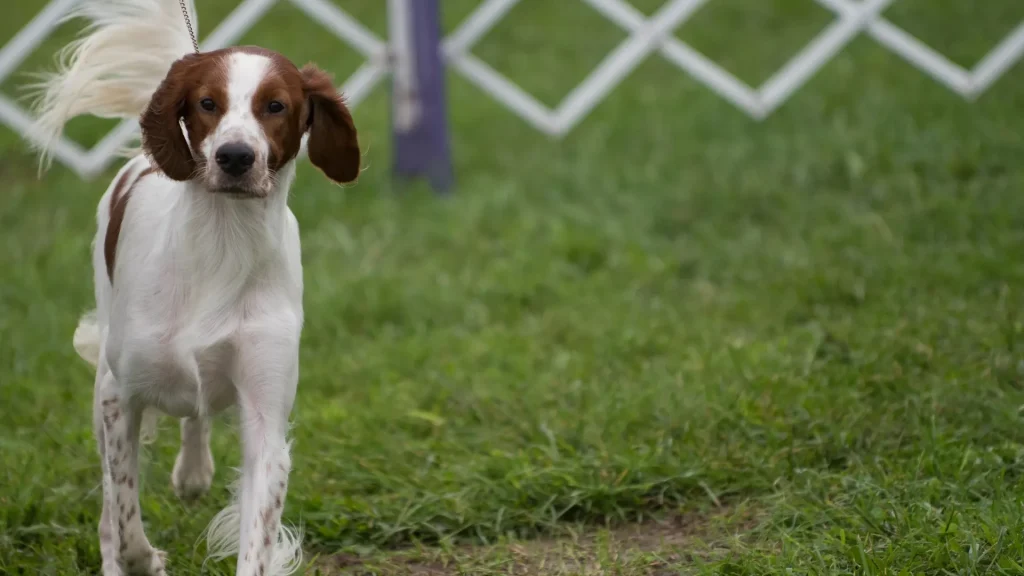When deciding whether to bring an Irish Red and White Setter puppy into your life, you can choose between adopting from a shelter or purchasing from a breeder. Each option offers unique advantages relating to health transparency, ethical considerations, and support, which can influence your experience as a new dog owner.
Adoption vs. Breeder: Pros & Cons
| Criteria | Buying from Breeder | Adopting from Shelter/Rescue |
|---|---|---|
| Cost | Generally higher initial cost reflecting purebred status and breeder expenses. | Lower adoption fees, typically more affordable and may include initial medical care. |
| Health History | Detailed health screening and genetic history is usually provided by reputable breeders. | Health history can be limited or unknown; shelter may provide basic medical care and assessments. |
| Age Availability | Primarily puppies, allowing owners to raise them from an early age. | Varied ages available, including adult or senior dogs needing homes. |
| Temperament Insight | Breeders often offer background on lineage temperament traits. | Shelter staff may share observed behaviors; full history may be incomplete. |
| Supporting Practices | Supports breed preservation through ethical breeders. | Supports animal welfare and reduces shelter populations by rescuing dogs. |
| Breed Purity & Pedigree | Guaranteed pedigree and breed purity with documentation. | Breed purity often unknown; focus is more on providing homes than lineage. |




















































